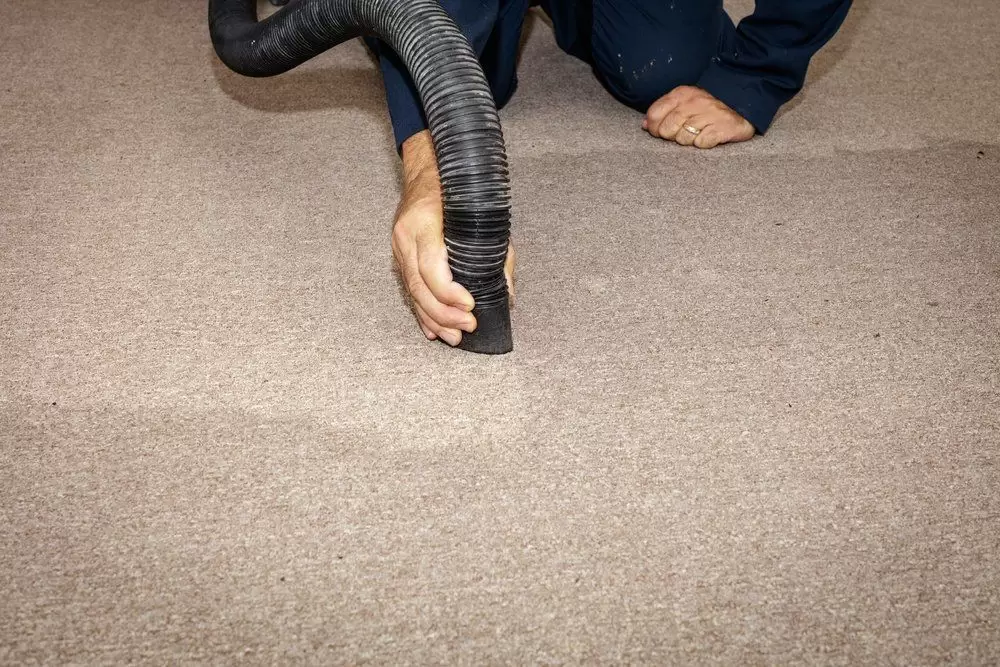How to Clean Up After Water Damage
There are many ways for your home to suffer from water damage. A leaky pipe could lead to slow damage over time, while a flash flood may hit all at once. Whatever the cause, dealing with water damage is a hassle. Few homeowners are truly equipped or prepared for the task. You may require water damage restoration service from an expert. If that’s the case, it’s best that you understand the process. Here’s how to clean up after water damage.
Types of Water Damage
First, let’s explore the different types of water damage. There are three common types of water damage, referred to as clean, gray, and black. The damage and severity vary based on the type, with black water being the worst.
- Clean – When a fresh water supply pipe bursts, the damage is called “clean water damage.” The same goes for rainfall. Clean water is the easiest type of water damage to handle, as there are few microbes living in the water. The biggest hazard here is timeliness and thoroughly drying the area. If improperly handled, clean water can indeed escalate to gray water damage, and eventually mold.
- Gray – Gray water is slightly contaminated, either due to the source itself or neglect. Often, gray water is from a toilet, washing machine, fish tank, etc. The contamination found in gray water stems from microbes that are present. To clean gray water, proper safety gear, including gloves and respiration masks, is recommended.
- Black – Black water is the worst type of water damage. Black water occurs from natural disasters such as flooding, or sewage from a backup. Unfortunately, black water often contains various hazardous materials, such as bacteria, chemicals, pesticides, and many microbes. You will require a professional to safely clean up black water.
Cleaning Water Damage
Depending on the severity of your water damage, cleanup may be straightforward or complex, and definitely require a professional.
- Step One: If a leak occurs near electrical appliances, turn off the electricity to your home. Keep safety first!
- Step Two: Remove any soaked carpeting, furniture, or appliances affected by the water damage. Depending on the damage, these items may (or may not) be salvageable.
- Step Three: If there is water on the floor, use towels and mops to dry the area. Open the windows in the affected area to allow for airflow. You may also use a wet vacuum or pump to remove excess water.
- Step Four: After opening up the windows, supplement the airflow by opening the doors as well, if weather permits. Also, bring in a few fans.
- Step Five: If you own a dehumidifier, place it in the affected area to remove moisture from the air.
If you are unable to complete such tasks, or if the water damage is too severe, hire water damage restoration services immediately. The sooner the better, in fact! Experts are properly equipped and certified to tackle water damage, thereby preventing worsening conditions and mold growth.
Contact Restoration 1 of Mohave County for exceptional water damage restoration services. You may reach us day or night at (928) 235-4193.
